Blepharoplasty, also known as an eyelid lift, is a cosmetic or functional surgical procedure to improve the appearance and function of the eyelids. It addresses concerns in the upper and/or lower eyelids, targeting issues that can make you look tired or aged, or even obstruct your vision.
Treatment Familiarity:
Blepharoplasty is a relatively common procedure performed by ophthalmologists (eye doctors) or oculoplastic surgeons (ophthalmologists specializing in eyelid surgery). While considered safe, it’s an elective surgery and requires careful consideration.
Procedure Breakdown:
There are two main types of blepharoplasty, depending on the area addressed:
-
Upper Blepharoplasty: Targets the upper eyelid, addressing excess skin and drooping (ptosis). An incision is made hidden within the natural crease of the eyelid. Excess skin, fat tissue, or muscle may be removed or repositioned. Sometimes, the muscle supporting the eyelid is tightened to improve ptosis.
-
Lower Blepharoplasty: Focuses on the lower eyelid, addressing puffiness, under-eye circles, and excess skin. The surgeon makes an incision either just below the lashline (transcutaneous approach) or inside the lower eyelid (transconjunctival approach). Excess fat is removed or repositioned, and sagging skin may be trimmed.
Ideal Candidates:
Blepharoplasty can be beneficial for individuals with:
- Cosmetic Concerns: Excess skin folds, puffiness, or drooping upper eyelids that cause a tired or aged appearance.
- Functional Problems: Upper eyelid ptosis that obstructs vision, causing difficulty applying makeup or feeling fatigued.
Who Should Reconsider:
Blepharoplasty may not be suitable for everyone. It’s generally not recommended for:
- Unrealistic Expectations: Individuals with unrealistic expectations about the outcome of surgery are more likely to be disappointed.
- Active Eye Infections: Uncontrolled eye infections increase surgical risk.
- Severe Dry Eye: Patients with severe dry eye may experience worsening symptoms after surgery.
- Certain Medical Conditions: People with uncontrolled medical conditions that could increase surgical risk may not be suitable candidates.
Advantages of Blepharoplasty:
- Improved Appearance: Can create a more youthful and refreshed appearance by addressing excess skin and puffiness.
- Enhanced Vision: Upper blepharoplasty can improve vision obstructed by ptosis.
- Increased Confidence: Successful blepharoplasty can boost self-confidence by addressing cosmetic concerns.
- Long-lasting Results: Blepharoplasty results can be long-lasting, with proper care.
Potential Complications:
- Bleeding: Minor bleeding can occur during or after surgery.
- Infection: Although uncommon, infection is a potential complication requiring prompt antibiotic treatment.
- Dry Eyes: Temporary dry eyes are common after surgery and can be managed with lubricating eye drops.
- Vision Changes: Temporary blurred vision or double vision can occur but typically resolves.
- Ectropion or Entropion: In rare cases, the eyelid may turn outward (ectropion) or inward (entropion), requiring corrective surgery.
- Lagophthalmos: Incomplete eyelid closure can occur, potentially leading to corneal dryness.
Preoperative Care:
- Comprehensive eye exam to assess the eyelids, vision, and tear production.
- Discussion of risks and benefits of blepharoplasty with your ophthalmologist or oculoplastic surgeon.
- Medical evaluation to ensure you can undergo surgery safely.
- Stopping certain medications that could increase bleeding risk.
- Photography of the eyelids to document the preoperative appearance.
Postoperative Care:
- Eye drops or ointment to prevent infection and inflammation.
- Wearing cool compresses to reduce swelling and bruising.
- Avoiding strenuous activity for a short period.
- Following up with your ophthalmologist for regular checkups to monitor healing and address any concerns.
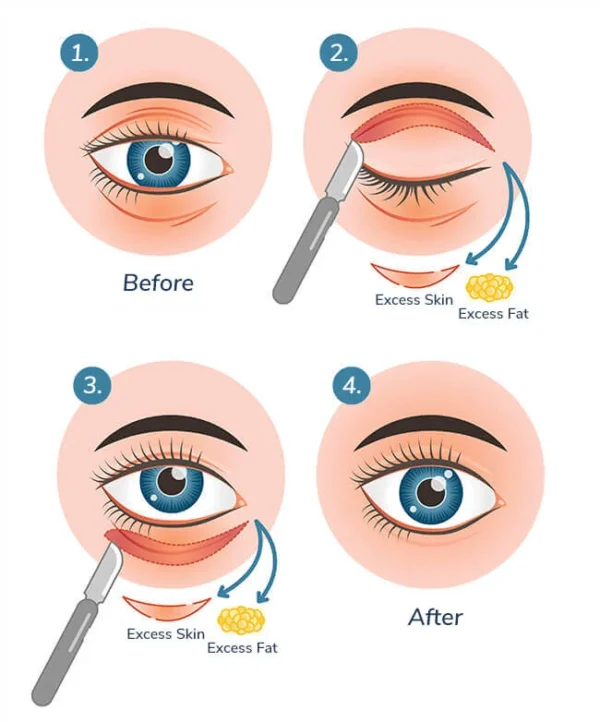
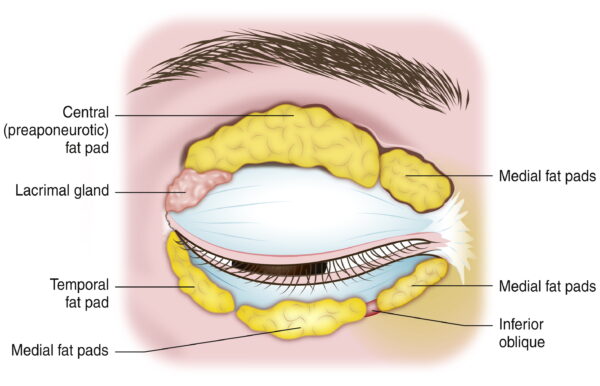
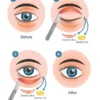
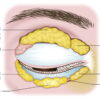
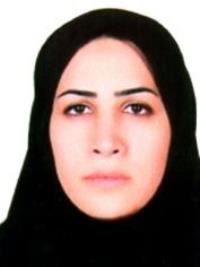
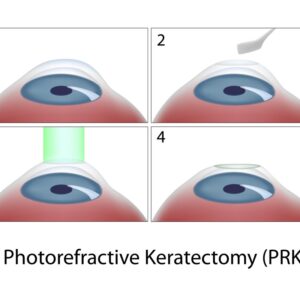
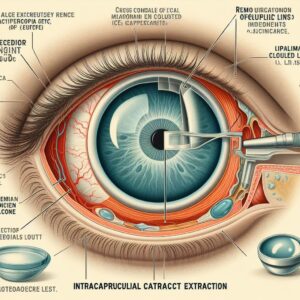
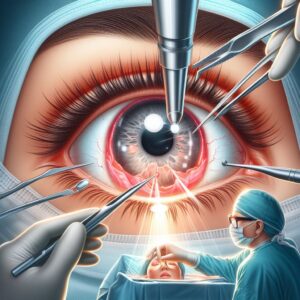
Reviews
There are no reviews yet.